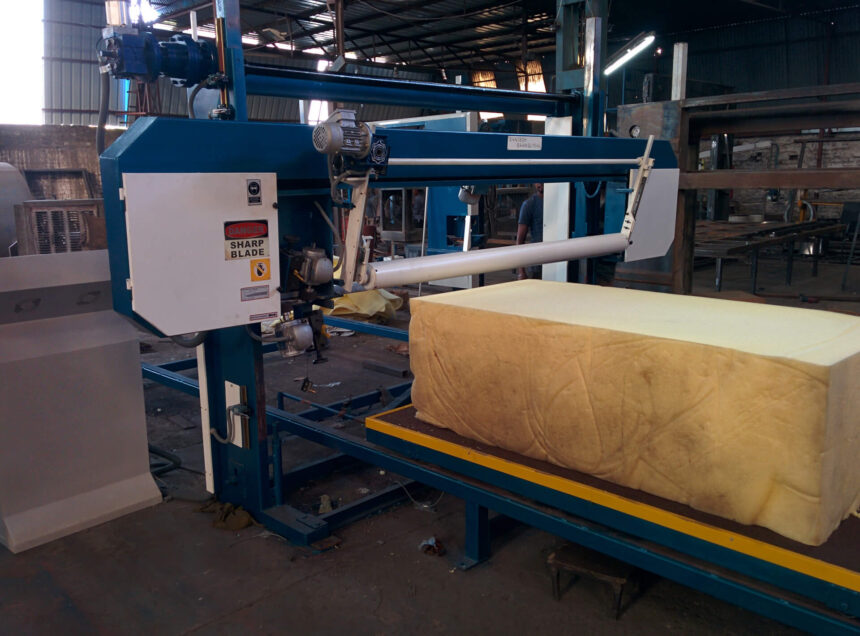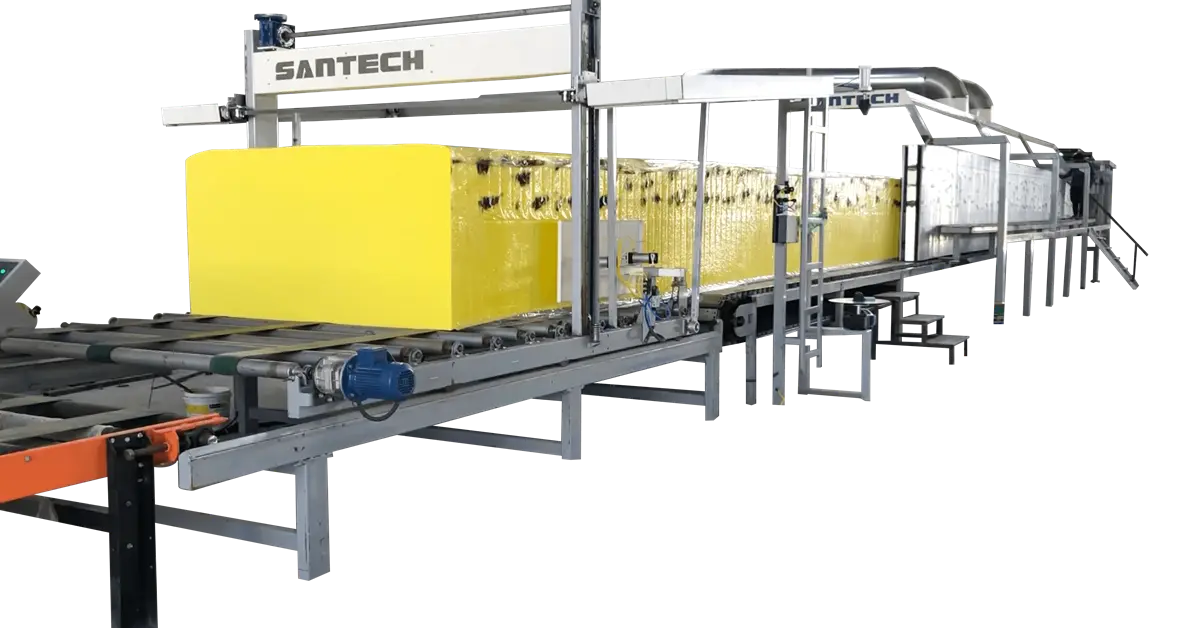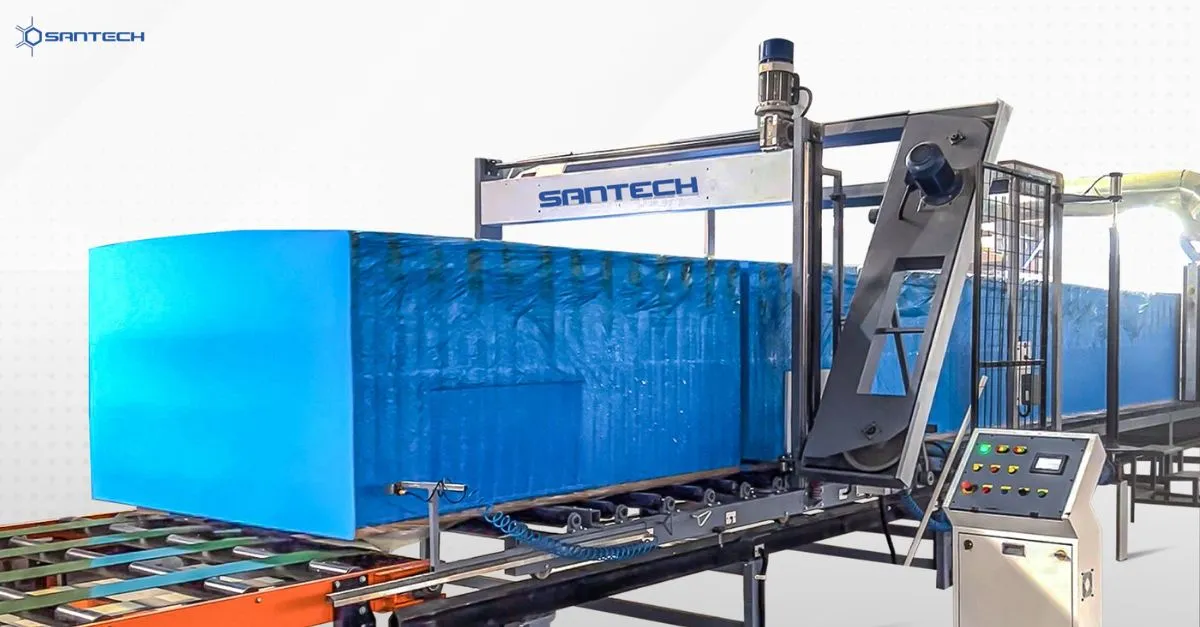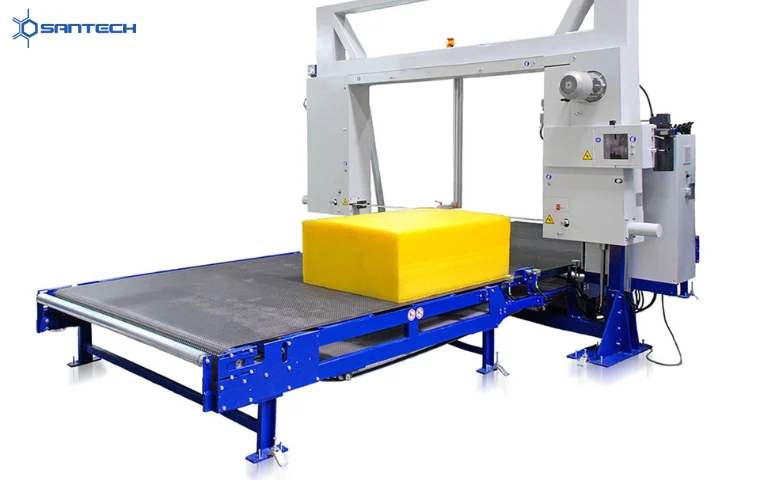With features like excellent cushioning and waterproof nature, the foam has undoubtedly opened a new horizon for innovations. Foam has an air-filled matrix structure manufactured by various foaming agents. It is a material formed by trapping air pockets in solid or liquid forms.
There are several advantages of foam across many industries in the market. Due to the comforting nature of foam, they are used in making mattresses and cushions. They are porous in nature and can be cut to form the cushion of your own choice. Foams (Polyurethane foams) have also made their way into the medical industry.
But what is the process that takes place while manufacturing industry foam?
How Is Foam Made?
The process is divided into two stages: Polymer preparation and foam formation. The foam production process requires raw materials such as a polyol, water, and polyisocyanates. The polyol and polyisocyanates combine with water in the ratio of 5:4, resulting in an exothermic reaction, producing heat. The polymer preparation stage involves the mixing of these two chemicals.
Foam Making In Foam Plant
After the mixing is complete, the foam production stage starts. Other chemicals like blowing agents and specific catalysts also play their part in foam production. Chemical blowing agents are responsible for generating gas which further results in foam formation. Triggers control the flow rate of the whole reaction, producing more foam volume in less time.
Foam formation usually uses foam forming machines such as Continuous Foaming Machine and Batch Foaming Machine.
Continuous Foaming Machine
As the name suggests, a Continuous foaming machine focuses on continuous production and manufactures the foam in one go. It has a high-precision metering system with magnetic drive pumps that guarantee the utmost accuracy. In addition, it has a modular and central control system providing higher raw material usage efficiency.
Batch Foaming Machine
Batch foaming machines, on the other hand, divide the process into segments and produce the foam in batches. It involves steps like packaging, costing, and delivering foam with specific requirements. It provides a quick start-up to the production with minimal space usage. It is cost-effective and provides optimal results in small quantities.
Different Types Of Foam Cutting Machines
Once the form formation is complete, the foam is passed for cutting via foam cutting machines. Foam cutting is an essential part of foam usage in the industry. As you know, there are several applications of foam in the market, and different types of foam are required in each. Therefore, to fulfill the requirements, foam cutting takes place.
Listed below are the most popular foam cutting machines in the market.
Horizontal Cutting Machines
The horizontal cutting machine is one of the most commonly used machines for foam cutting. This machine cuts the foam into manageable sheets with great pace and accuracy. The machine’s structure involves a flat plane surface with a knife slicing off the foam sheets horizontally.
The sheets are cut into thin layers, as a thin layered structure is easier to shape afterward. The primary knife automatically adjusts with the size of foam placed on the surface. Horizontal cutting machines are ideal for cutting sticky foam material into thin layer sheets. These machines come with a touch screen display and motorized blade adjustment for easy operation. They also have a pair of vacuum blowers to stabilize the foam block placed above the surface.
Vertical Cutting Machines
Unlike horizontal machines, vertical cutting machines cut the foam blocks vertically. They are used to trim the sides of the foam blocks into the desired sizes. Vertical cutting machines are well known for their accuracy, with an accuracy range of +/- 2mm. They are usually used for cutting foam blocks for manufacturing sofa cushions of different sizes.
Vertical Cutting machines have two variants: Manually operative and Automatic. Manually operating machines is slow as compared to automatic cutting. The installation of the PLC control panel ensures that the accuracy remains intact. An automated cutting machine requires less manpower and provides greater efficiency. The chances of error are less as compared to manually operative machines. Vertical cutting machines are suitable for cutting big foam blocks with excellent safety and accuracy.
Circular Cutting Machines
Circular cutting machines are usually used to cut foams for mattress production. They offer a smooth cutting method with accurate circular cutting as per the radius. The structure consists of a circular surface with a maximum diameter of about 6000-6800 mm. In addition, a circular cutting machine possesses a vacuum system to ensure stable cutting, as circular cutting can be challenging.
There are pressure rollers installed to press and hold the foam blocks. The cutting is done using an endless saw blade which runs on four dynamically balanced wheels. The power required to operate a circular cutting machine is only 32 HP. With an energy-efficient nature and blade angle adjustment, circular cutting machines are highly accurate and effective.
Conclusion
Foam is a self-sufficient material, driving multiple industries of the market. It holds many features, including durability, comfort, insulation, and resistance. Various industries demand foam in different shapes and sizes. With the number of benefits foams provide, choosing the type of foam cutting machine you need can be challenging.
Santech Industries provide the best foam manufacturing and cutting solutions, ensuring high performance and durability. Using world-class German technology, Santech Industries has an experience of over 22+ years in the industry with a long list of happy customers.




